Pentax Takumar 2.8/120 vs Cosina/Voigtländer 2.5/125 on Nikon Z 7
Just how good is the Takumar 2.8 120mm? There are not that many lenses with that focal length for 35mm format, but luckily I happen to own a Cosina APO Macro 2.5/125 with similar focal length and speed. So, here's a one-on-one comparison.
The Lenses
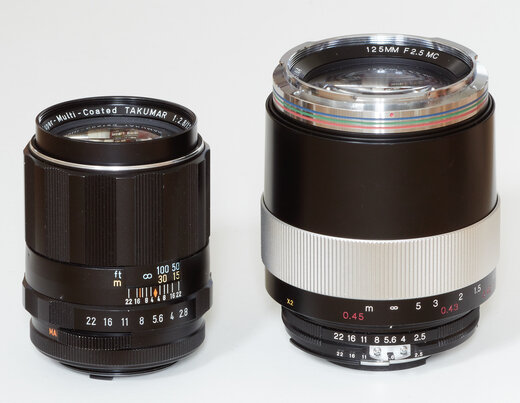
| Manufacturer | Name | Focal length | F-Stops | Elements/Groups | Weight | Date produced |
|---|---|---|---|---|---|---|
| Asahi Optical Co. (Pentax) | SMC Takumar 1:2.8/120 | 120 mm | 2.8 - 22 | 5/4 | 342 g | 1972 - 1976 |
| Cosina | 125mm F2.5 MC APO-Macro | 125 mm | 2.5 - 22 | 11/9 | 690 g | 2001 - 2002 |
The Cosina lens was available in various mounts. Most were labeled and sold as "Voigtländer APO Macro-Lanthar." In fact, in searching the 'net and asking on forums, I never found a second sample labeled as Cosina, even though my lens's serial number is right in the middle of a Nikon serial number block.
Build quality and handling
Both are good old manual focus lenses. The Takumar's build quality and handling is outstanding. Focusing is buttery smooth and the focus throw is just right.
The Cosina focuses down to 1:1 using extension and that feature brings some compromises in construction. Focusing is smooth, of course, but because of the huge amount of extension, it feels a bit less solid overall than the Takumar. Also, while the overall focusing throw is much longer, most of that is in the macro range, and focusing at infinity or portrait distance is harder. When mounting or unmounting the lens, the lack of an exposed part of non-moving barrel is sometimes a problem. The lens really only consists of a narrow aperture ring and a huge focusing ring.
While it looks large next to the Takumar, it's striking how small the Cosina is if you compare it to a modern 105mm macro. In many camera backpacks or bags, it fits upright in a small compartment, while the contemporary (and shorter and slower!) macro needs much more room:
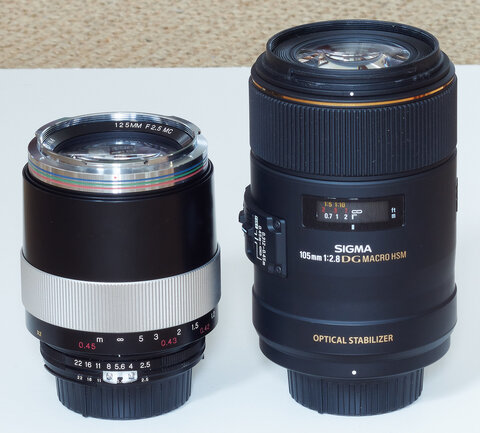
Test Shots
All photos taken with a Nikon Z7, ISO 64, tripod, EFCS and exposure delay. Unless otherwise noted, these are 100% crops. Developed in Capture One 20, lens corrections and output sharpening disabled.
Scene 1: Infinity sharpness
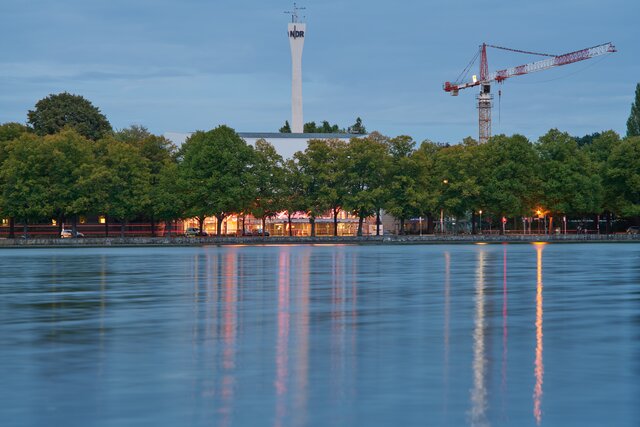
Center
| F-Number | Takumar 2.8/120 | CV 2.5/125 |
|---|---|---|
| 𝑓/2.8 𝑓/2.5 |
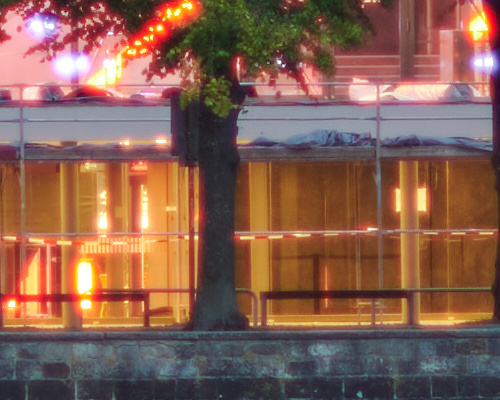 |
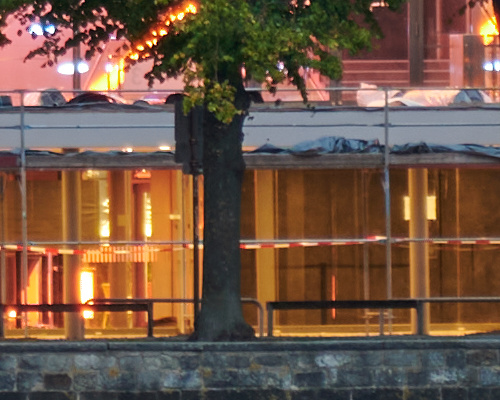 |
| 𝑓/4 | 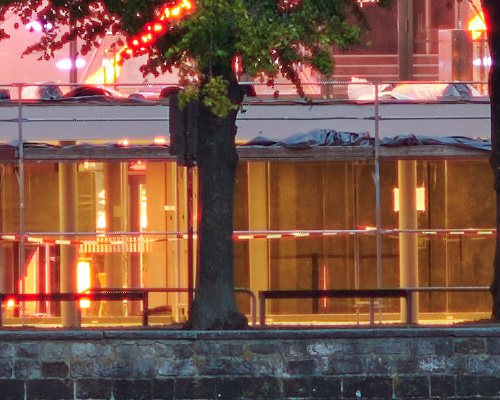 |
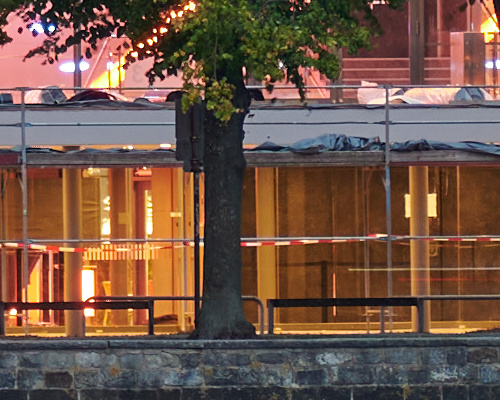 |
| 𝑓/5.6 | 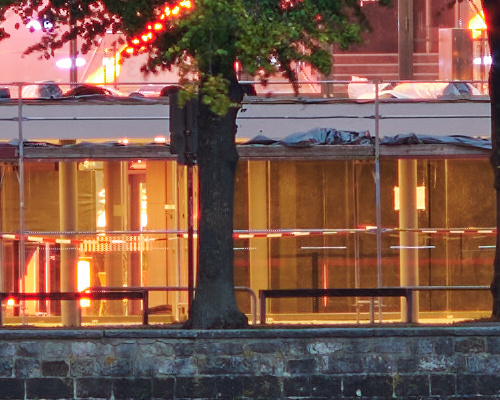 |
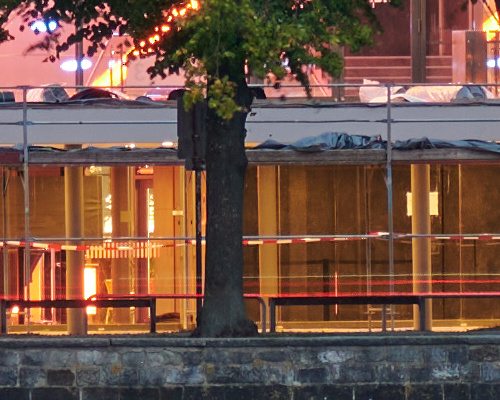 |
| 𝑓/8 | 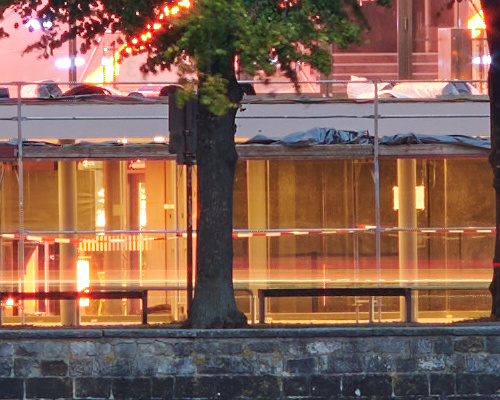 |
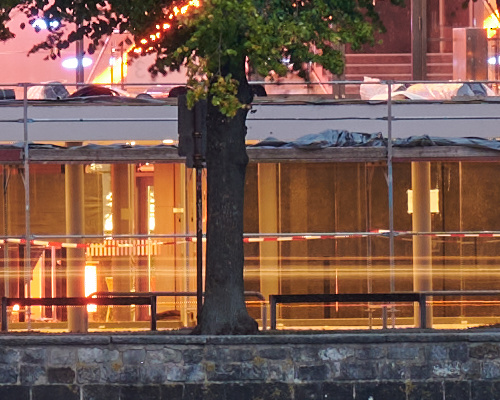 |
| 𝑓/11 | 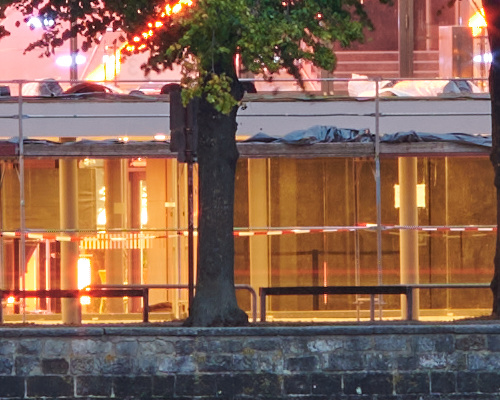 |
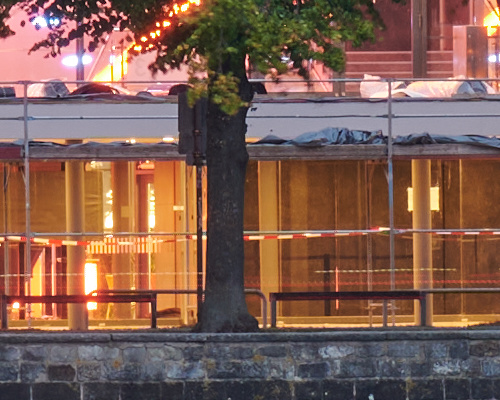 |
Near Center
I picked this crop because it is an area where the CV shows its weakness with blue highlights. Not as bad as the Takumar with reddish highlights, but definitely noticeable.
| F-Number | Takumar 2.8/120 | CV 2.5/125 |
|---|---|---|
| 𝑓/2.8 𝑓/2.5 |
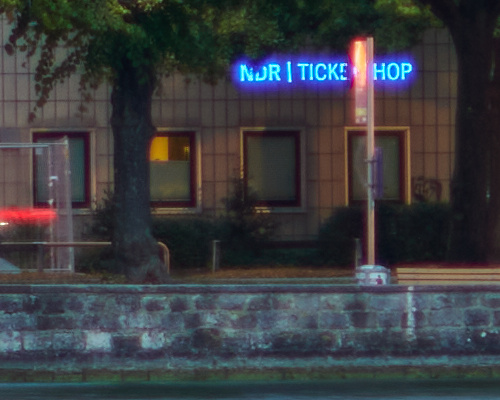 |
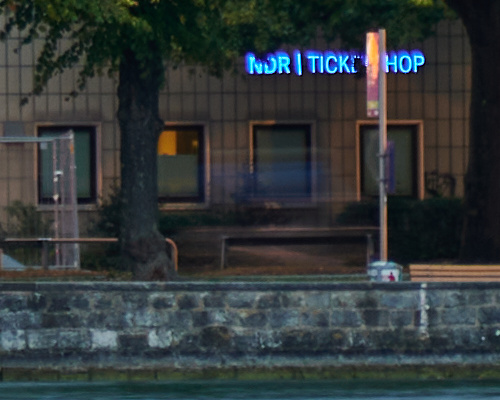 |
| 𝑓/4 | 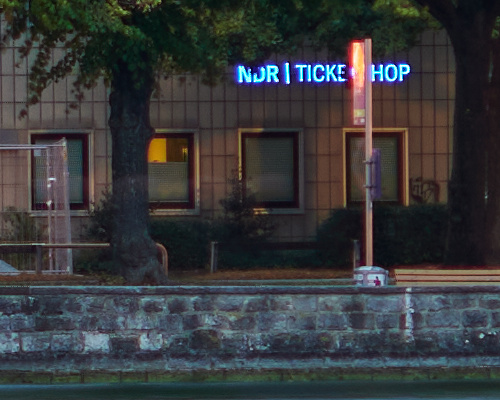 |
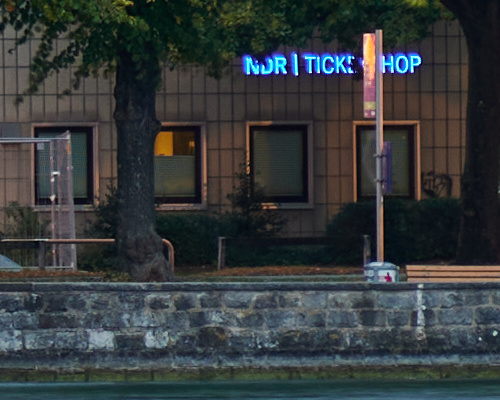 |
| 𝑓/5.6 | 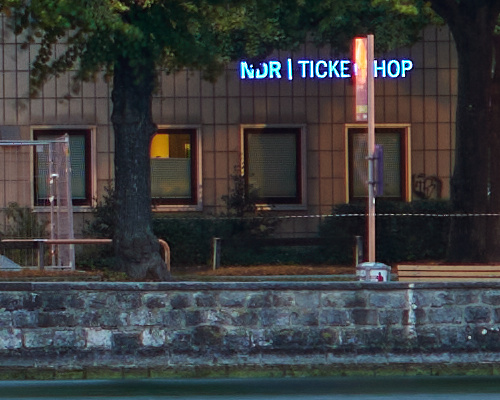 |
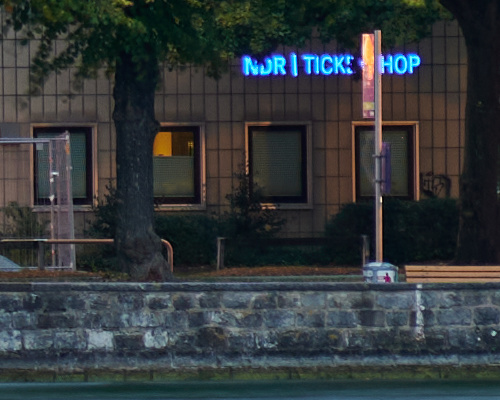 |
| 𝑓/8 | 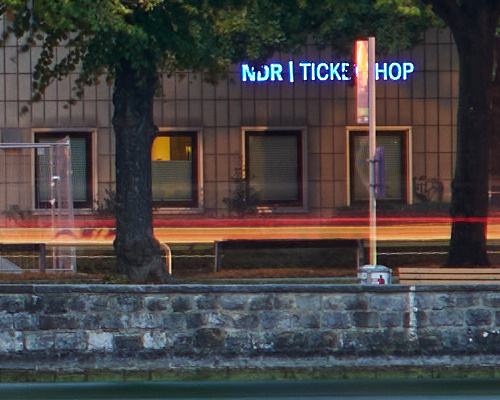 |
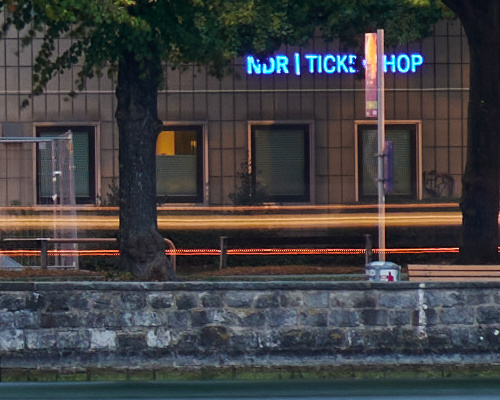 |
| 𝑓/11 | 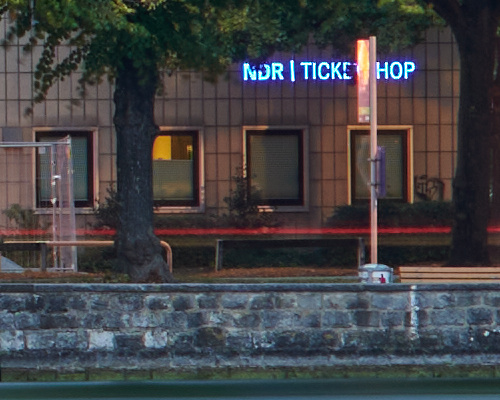 |
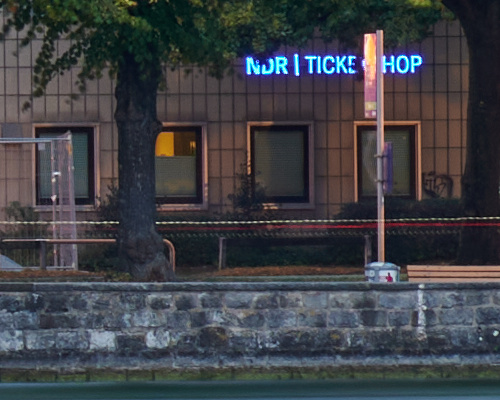 |
Top
| F-Number | Takumar 2.8/120 | CV 2.5/125 |
|---|---|---|
| 𝑓/2.8 𝑓/2.5 |
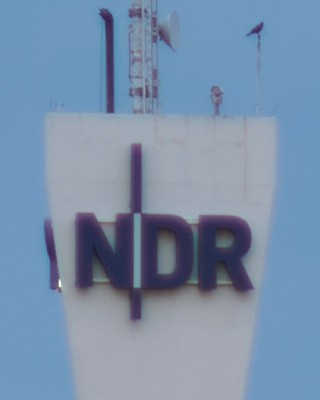 |
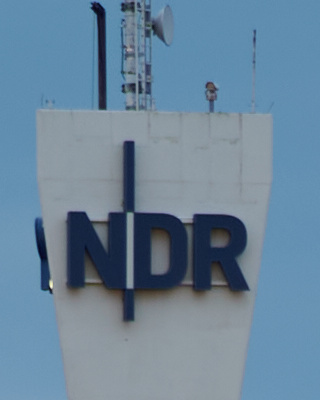 |
| 𝑓/4 | 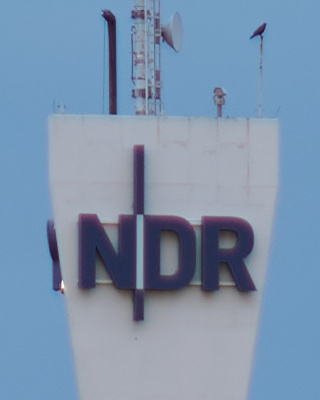 |
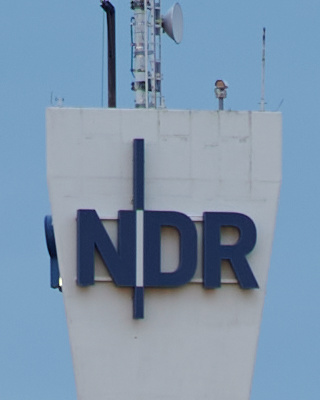 |
| 𝑓/5.6 | 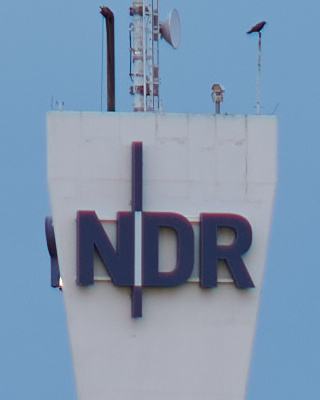 |
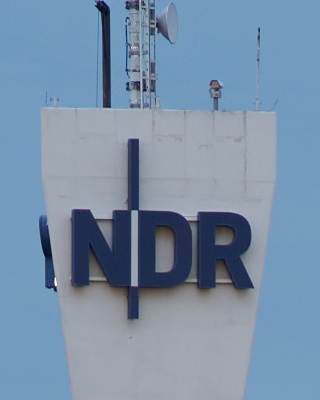 |
| 𝑓/8 | 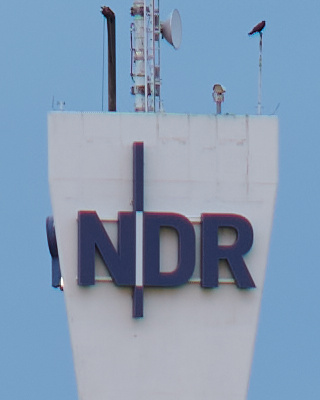 |
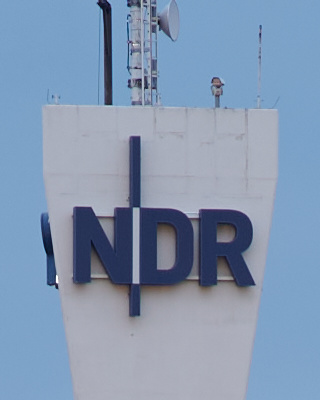 |
| 𝑓/11 | 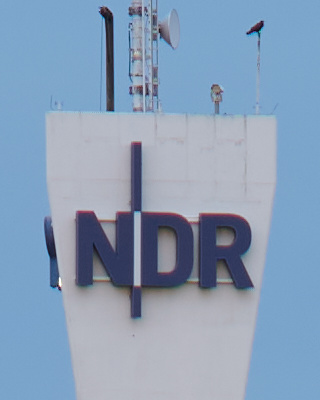 |
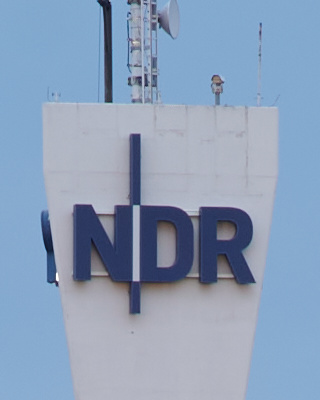 |
Top right
The construction crane did move a bit during exposure, so these crops can't be compared for sharpness. I still decided to include them because this is the only corner with visible detail.
| F-Number | Takumar 2.8/120 | CV 2.5/125 |
|---|---|---|
| 𝑓/2.8 𝑓/2.5 |
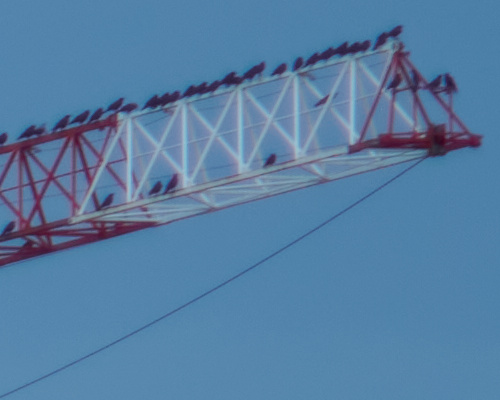 |
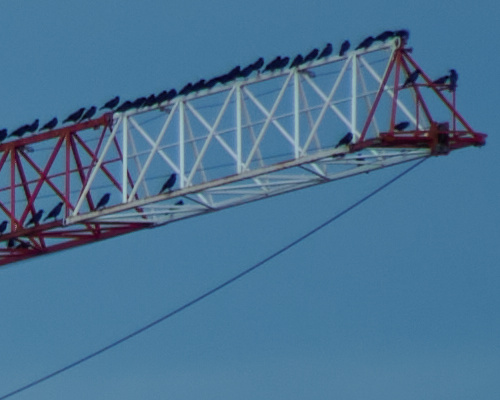 |
| 𝑓/4 | 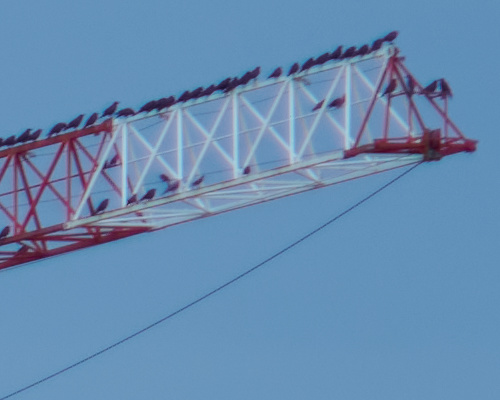 |
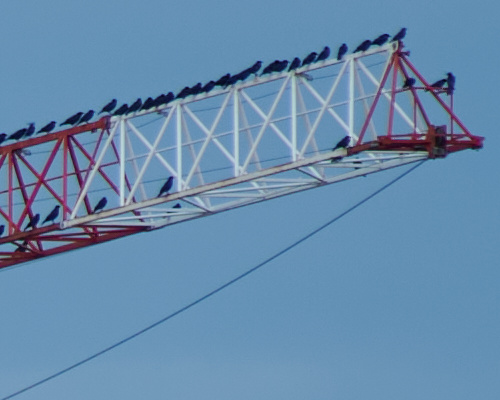 |
| 𝑓/5.6 | 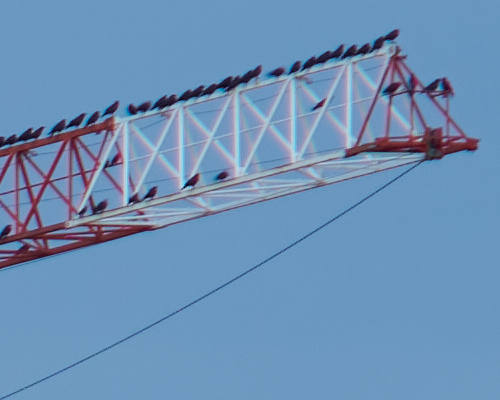 |
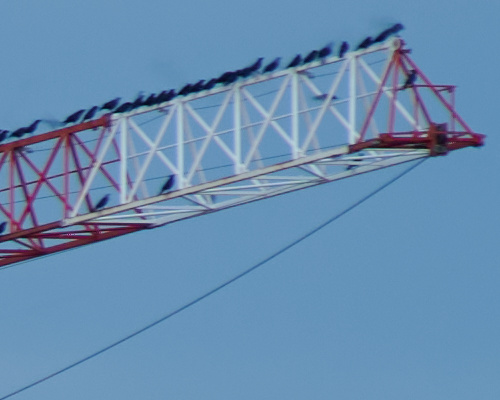 |
| 𝑓/8 | 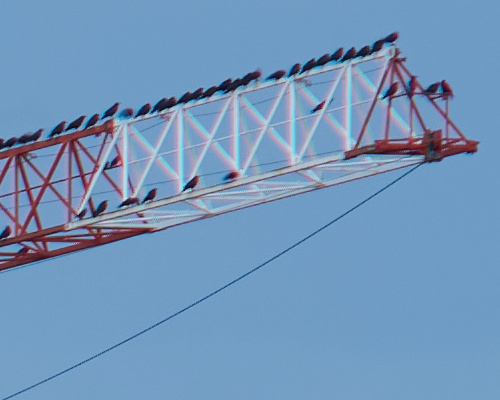 |
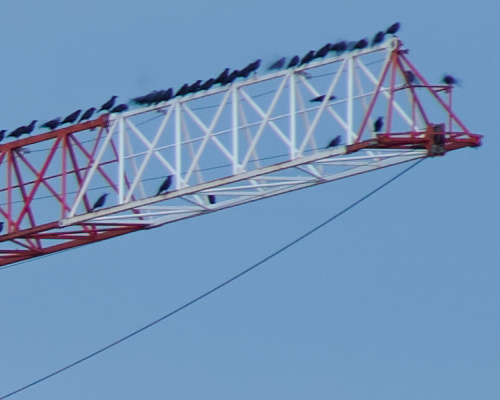 |
| 𝑓/11 | 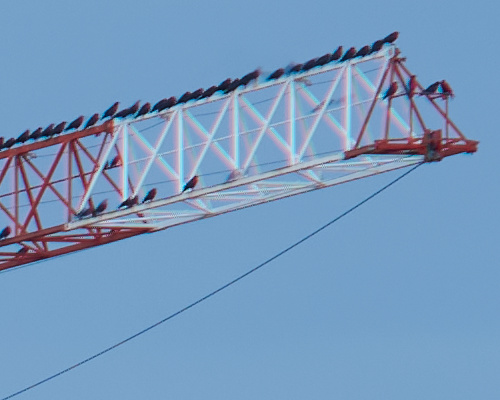 |
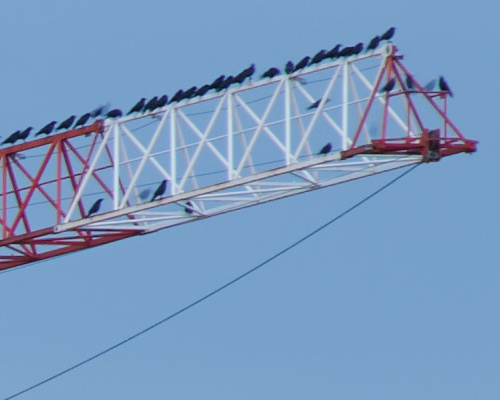 |
Scene 2: Bokeh and Axial CA
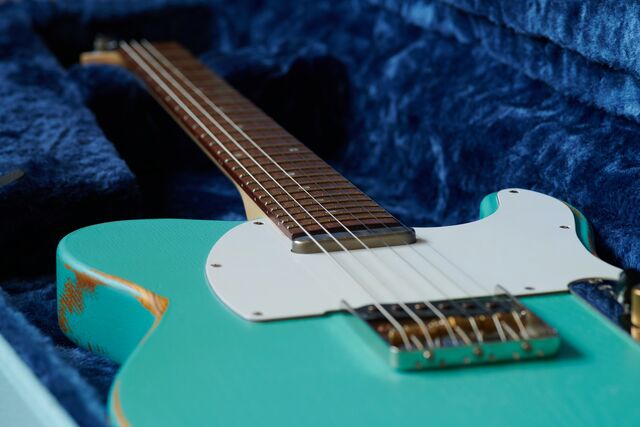
Center
| F-Number | Takumar 2.8/120 | CV 2.5/125 |
|---|---|---|
| 𝑓/2.8 𝑓/2.5 |
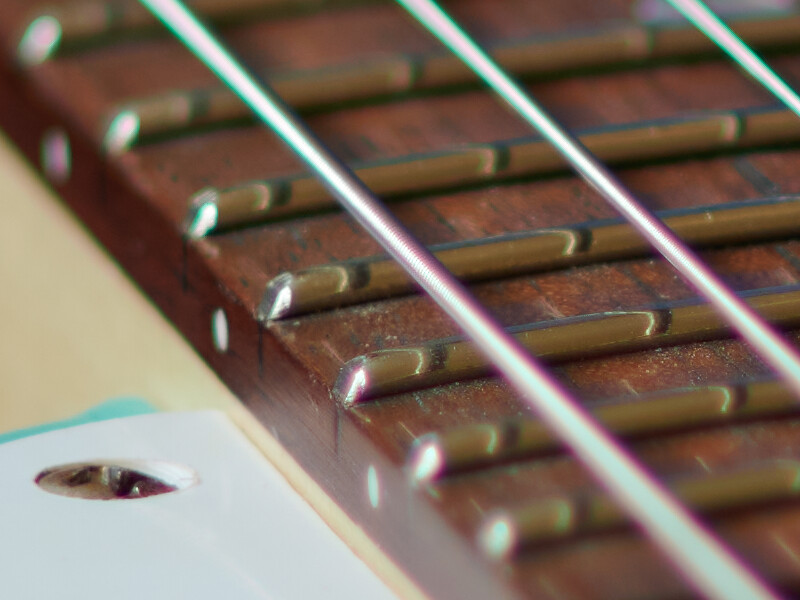 |
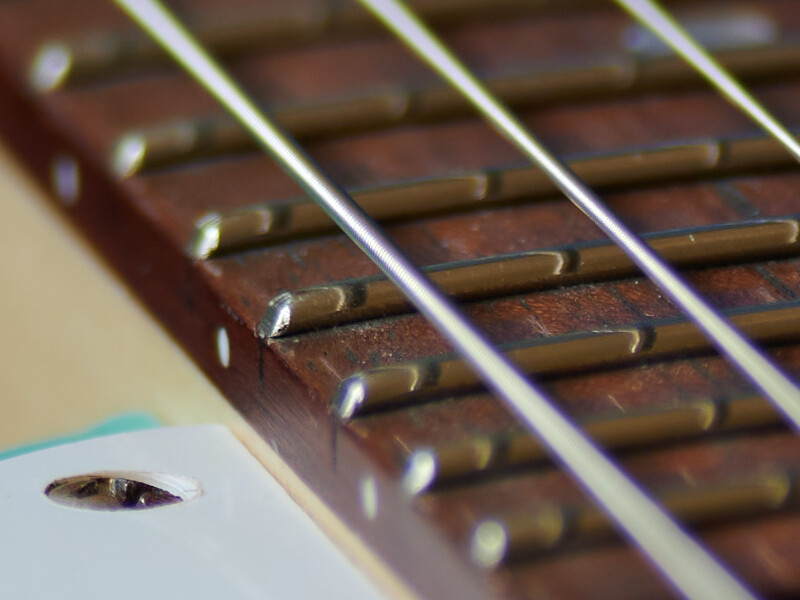 |
| 𝑓/4 | 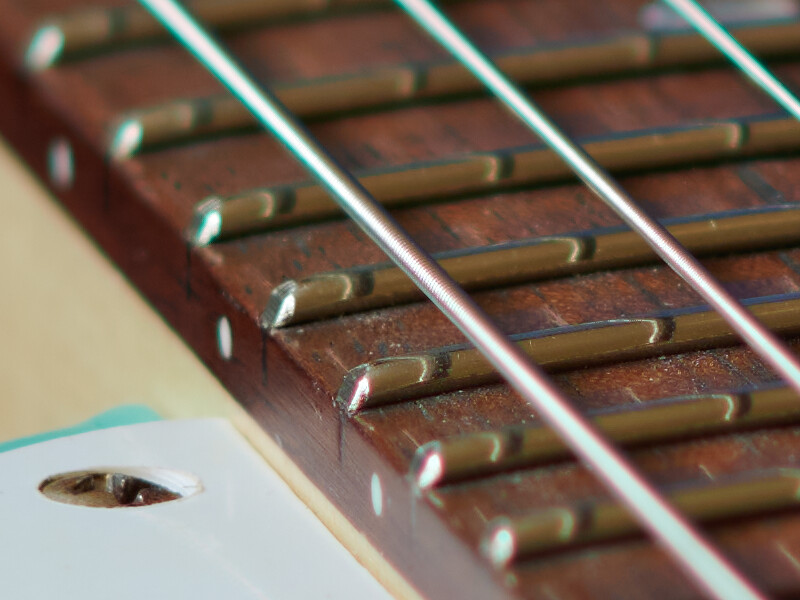 |
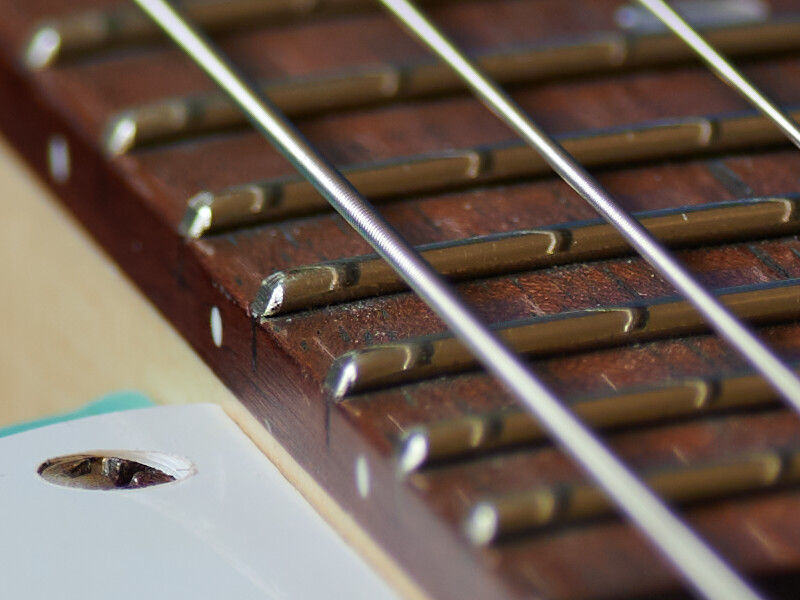 |
| 𝑓/5.6 | 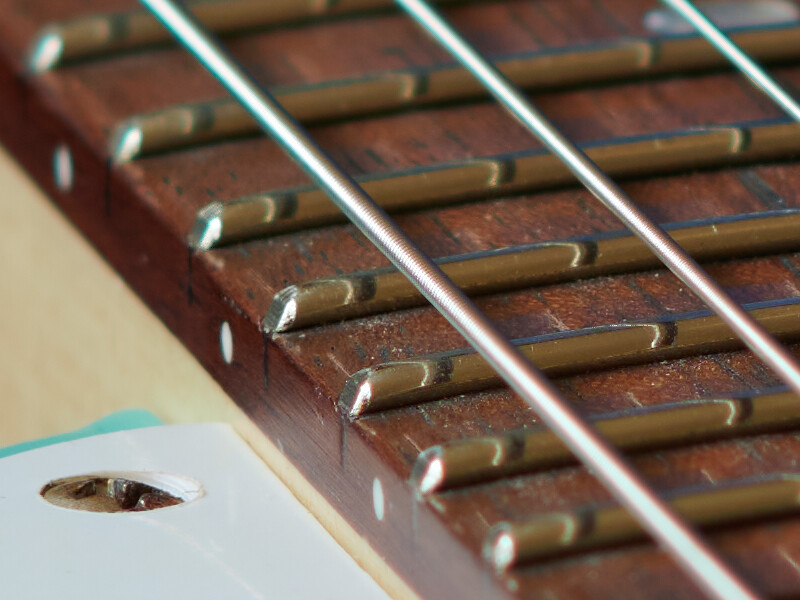 |
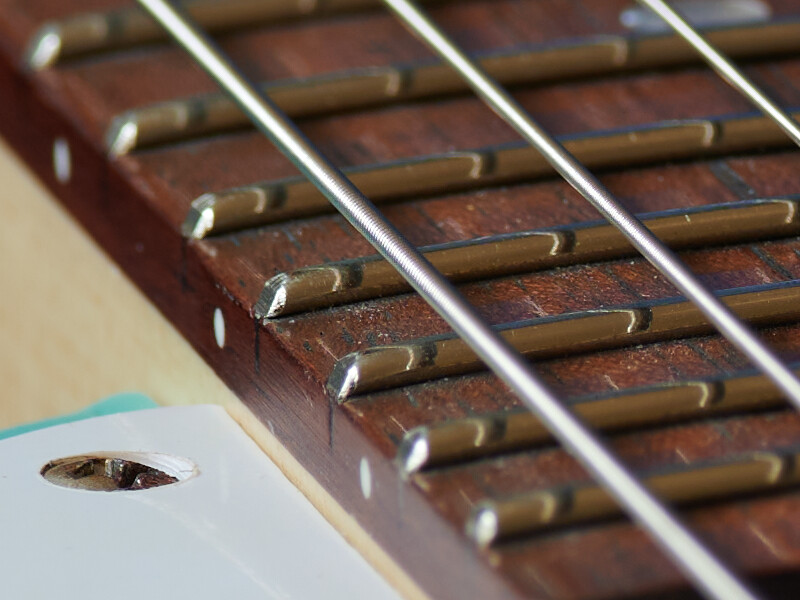 |
| 𝑓/8 |  |
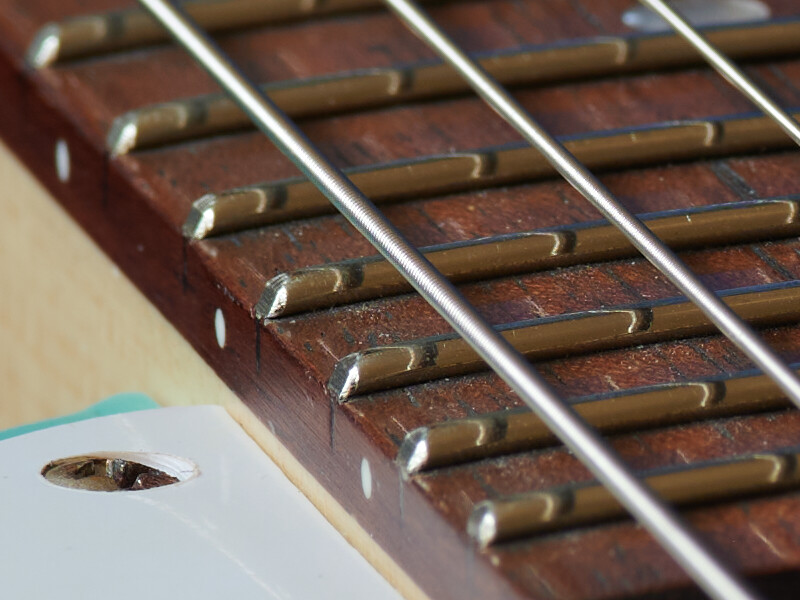 |
Foreground
These are 50% crops.
| F-Number | Takumar 2.8/120 | CV 2.5/125 |
|---|---|---|
| 𝑓/2.8 𝑓/2.5 |
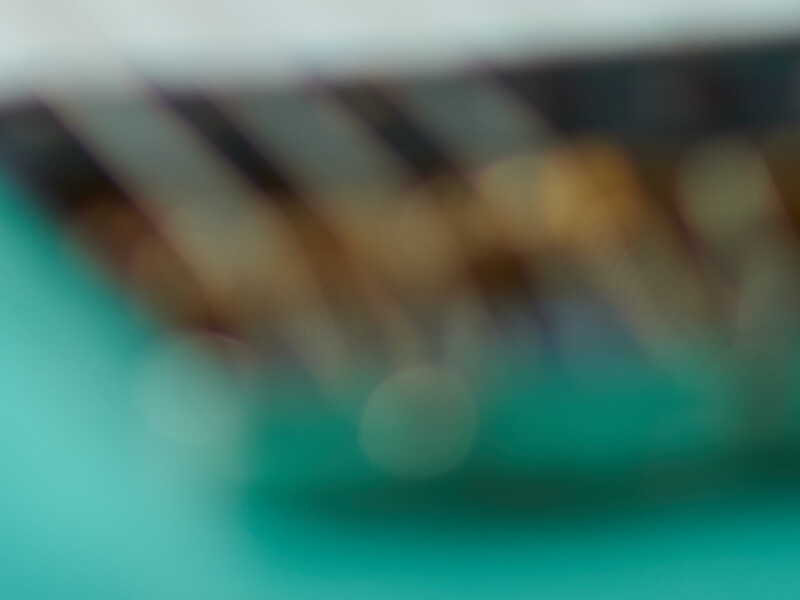 |
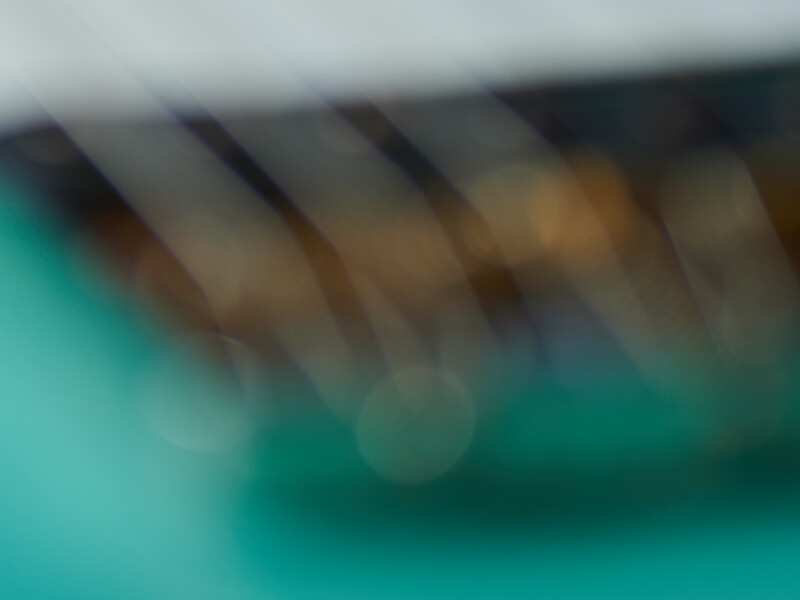 |
| 𝑓/4 | 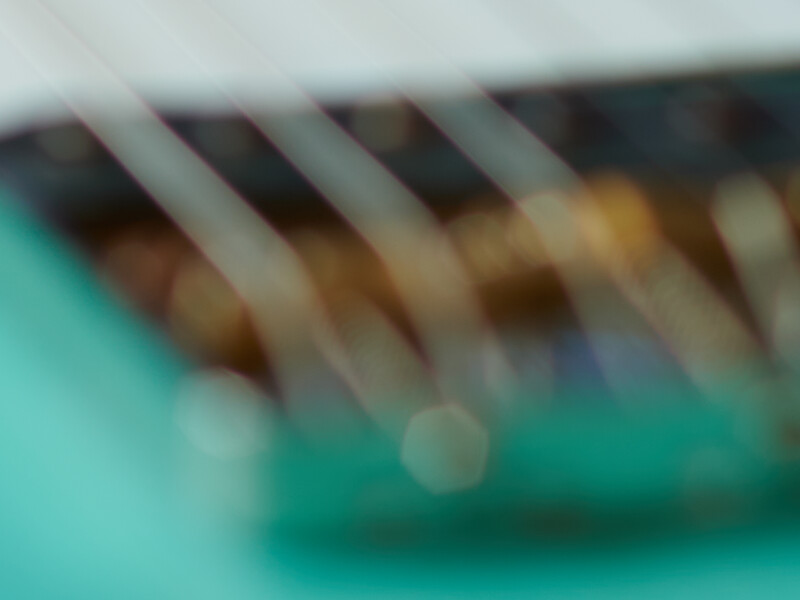 |
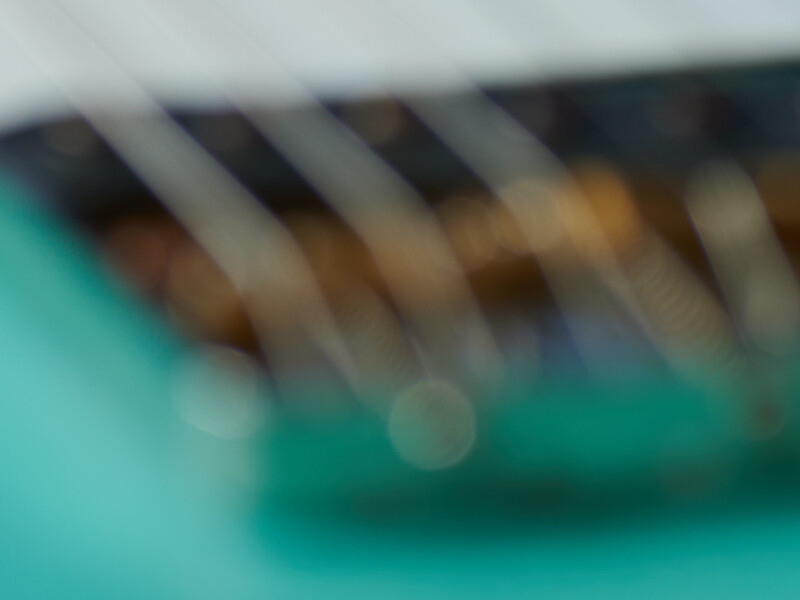 |
| 𝑓/5.6 | 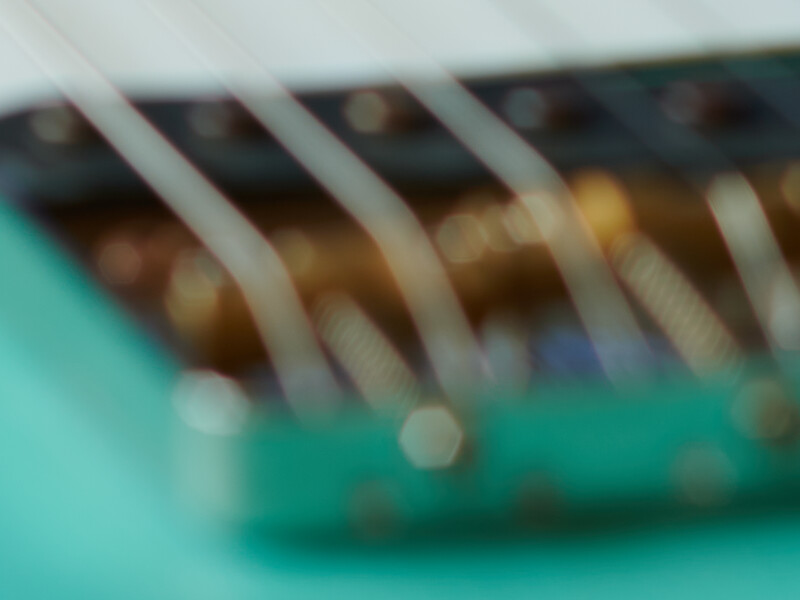 |
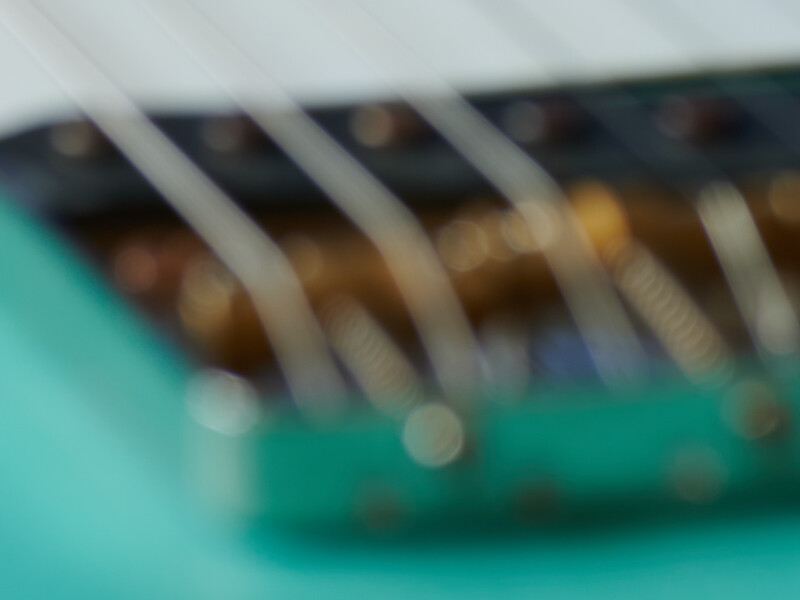 |
| 𝑓/8 |  |
 |
Background
These are 50% crops.
| F-Number | Takumar 2.8/120 | CV 2.5/125 |
|---|---|---|
| 𝑓/2.8 𝑓/2.5 |
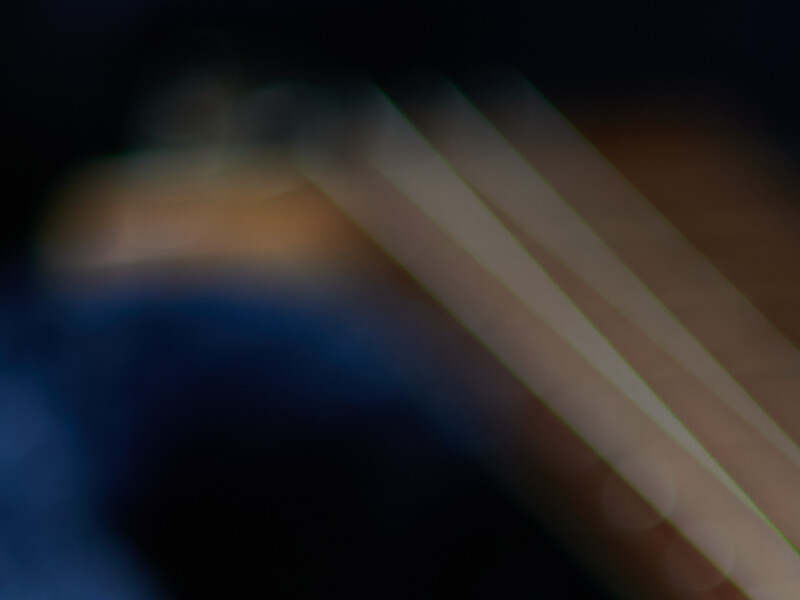 |
 |
| 𝑓/4 | 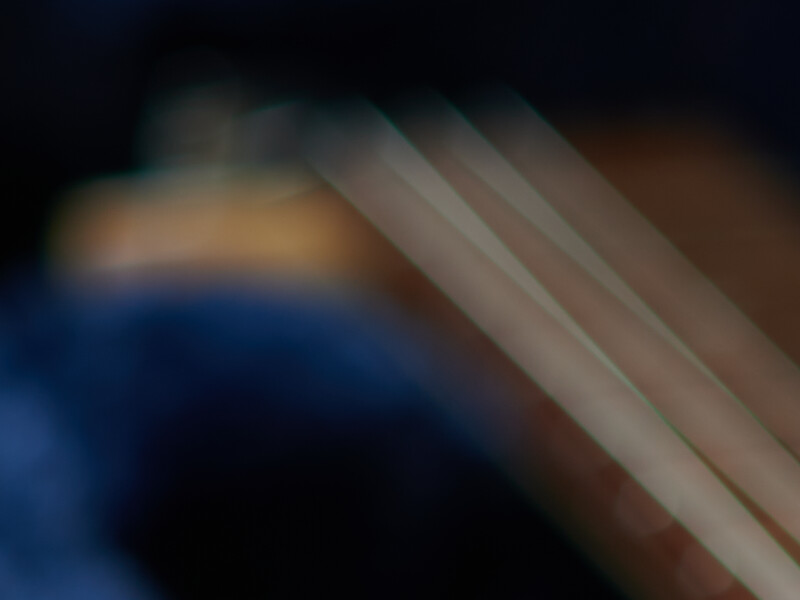 |
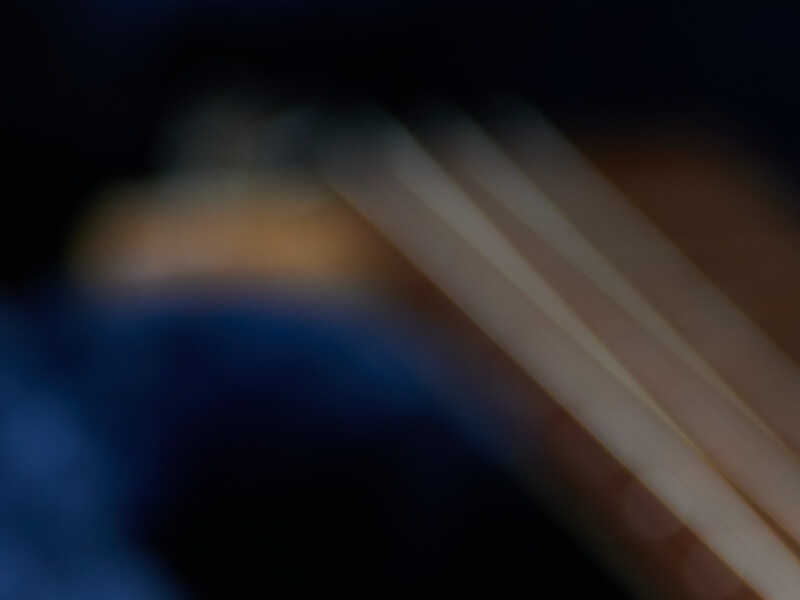 |
| 𝑓/5.6 | 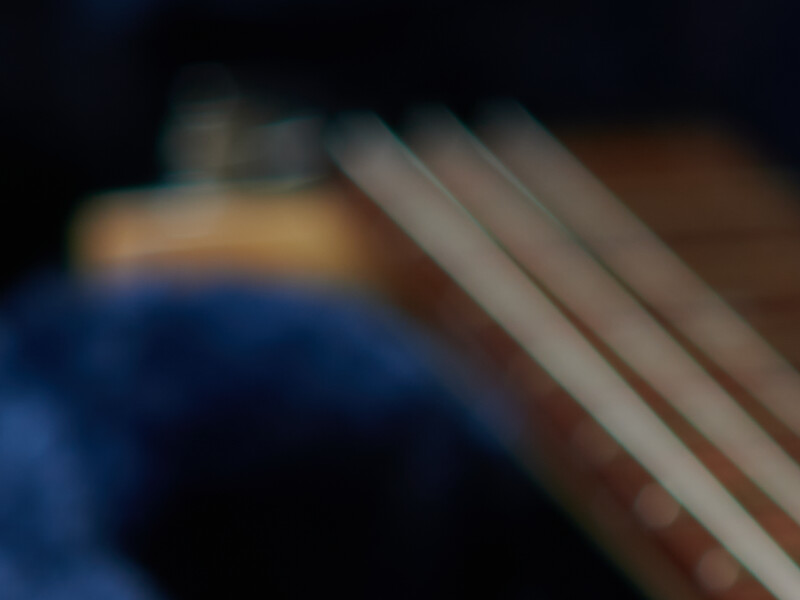 |
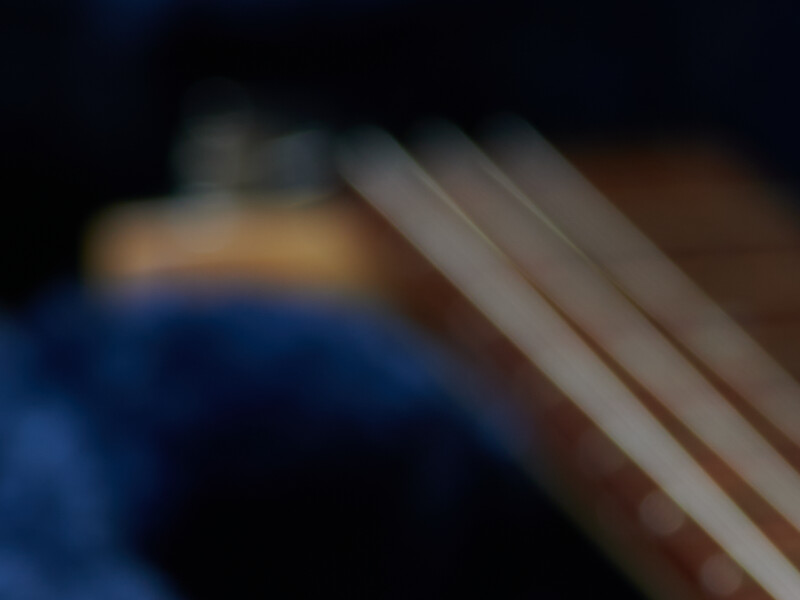 |
| 𝑓/8 |  |
 |